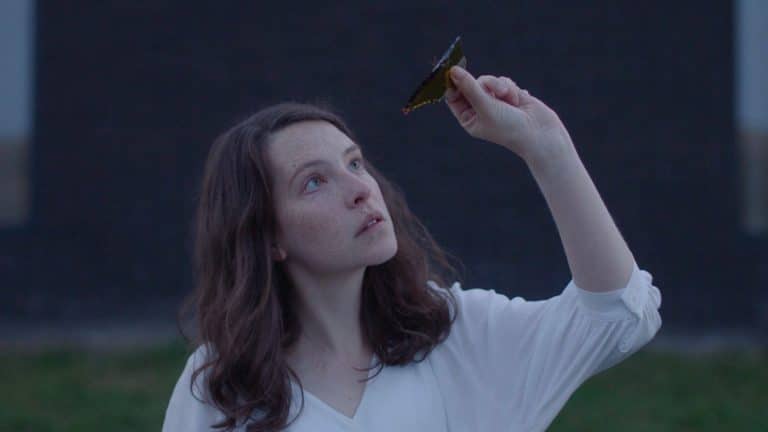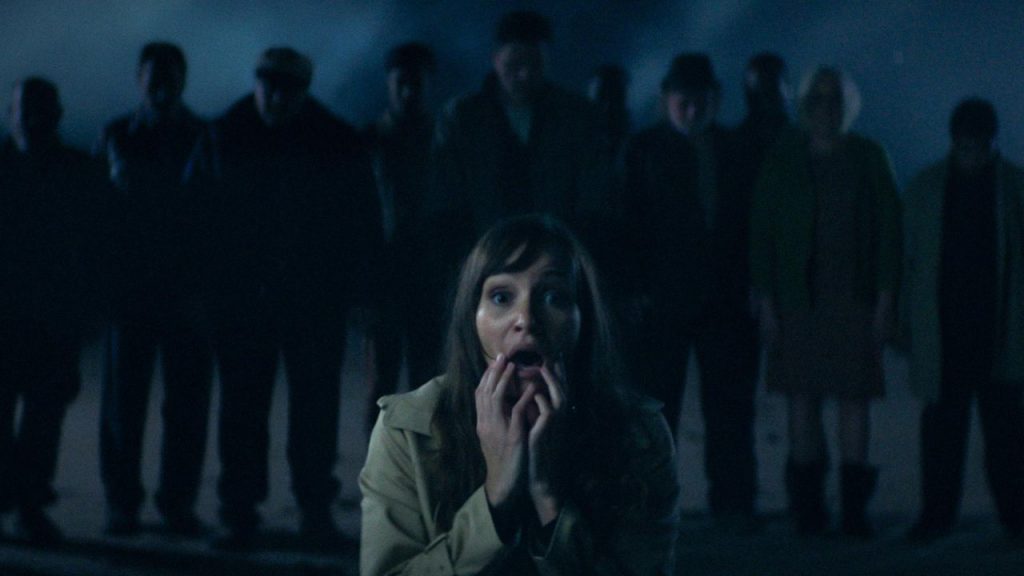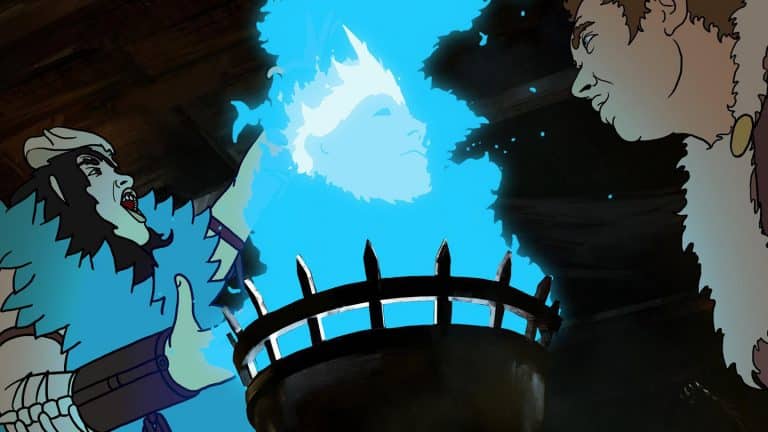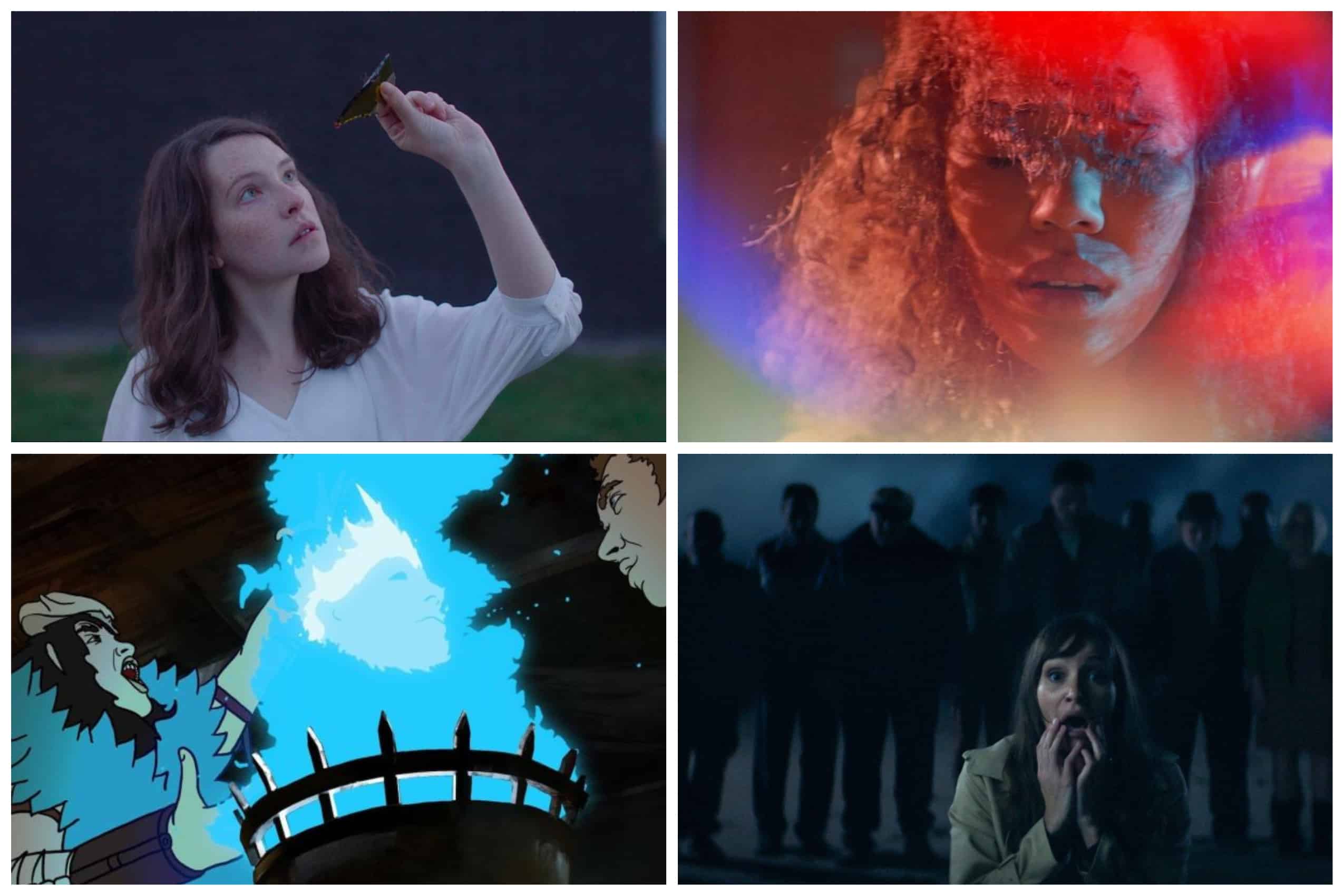Read also:
How to Watch FX Live Without CableHow To Watch AMC Without CableHow to Watch ABC Without CableHow to Watch Paramount Network Without CableThe remaining festival offerings in horror are satisfyingly gory, but some fall short in plot & characterization.
(This dispatch is part of our coverage of the 2021 SXSW Film Festival.)
After a strong beginning, South by Southwest’s “Midnighters” category wraps up with more ecohorror, an animated fantasy epic, and yet more small town folks acting weird. Gorehounds will be pleased to know that over the top violence seems to be making a comeback in horror, if some of the films featured here are any indication. Regrettably, in some cases it’s at the cost of a cohesive, fleshed out plot.
First up is Lee Haven Jones’ The Feast, a rarity in that the dialogue is Welsh (though apparently there’s no Welsh translation for “for fuck’s sake”). Taking a page from Parasite, but with a supernatural witchy angle, The Feast is about the last night in the life of an absolutely atrocious family: smug politician Gwyn (Julian Lewis Jones), his shallow wife Glenda (Nia Roberts), and their two large adult sons, creepy health nut Gwelrydd (Sion Alun Davies), who gives off big “I tear the wings off flies” energy, and Guto (Steffan Cennydd), who’s less creepy but struggling with a drug addiction.
The family is hosting a dinner party, a polite cover for their real motivation of strong-arming their neighbors into selling their land to a mining company. With her usual household help unavailable for the night, Glenda hires Cadi (Annes Elwy), a young woman from a nearby village who doesn’t say much, and doesn’t really seem to know her way around a kitchen. Glenda doesn’t care much, though, as long as she can order someone around, like the lady of the manor she thinks she is.

The various accidents the family suffer in the hours leading up to the dinner party are portents of what awaits them, as it becomes clear that Cadi has entered their home to do more than serve canapes. With the reveal that these people are in some ways even worse than we initially realize, The Feast takes a turn from dry class satire to revenge horror. Its leisurely pacing will not prepare you for the extreme violence of the last twenty minutes or so, when various characters are taken out by ax, shotgun, and a shard of glass applied to one’s most delicate parts.
It’s pretty satisfying, and saves The Feast from getting caught up in its own artifice. Featuring a businessman character literally named “Euros” (who’s seen later in the film eating his food face down like a pig), it treats the concept of “rich vs. poor” with a bit of a heavy hand. Much of the plot relies on Glenda and the rest of the family being so oblivious that they simply don’t notice how weird Cadi is, as she skulks around the house, tracking dirt and staring blankly at everyone. But Annes Elwy as Cadi is a most effective starer, putting across a great deal of menace with very few words.

Next up is Offseason, Mickey Keating’s thriller about a young woman who visits a tiny island village to look into the vandalization of her mother’s gravesite, and if you know anything about tiny villages in horror movies, you know that won’t end well. Marie (Jocelin Donahue), still reeling over the death of her estranged mother, Ava (Melora Walters), is struggling with guilt over not being able to uphold the promise to Ava that she wouldn’t be buried on the island. The trip to the island seems to be as much to assuage that guilt as it is to investigate what happened to the gravesite.
With her boyfriend George (Joe Swanberg), who, in typical horror movie boyfriend fashion, is annoying and useless, Marie isn’t on the island very long before it’s clear that something is amiss. As is usually the case in situations like this, the creepy locals don’t take kindly to strangers, and know more about what’s going on than it appears. A little bit of The Fog, mixed with Dead and Buried, with just a sprinkle of The Wicker Man on top, Offseason isn’t bringing much new to the table. What saves it is Donahue’s performance, bringing to it the same strength she brought to the lead role in Ti West’s House of the Devil. Her flashback scenes with Melora Walters as the emotionally unstable Ava, while occasionally feeling as though they’re in a different movie, rise above what’s otherwise a fairly standard “sinister small town” plot.
Perhaps the most unusual offering of this year’s “Midnighters” is The Spine of Night, Philip Gelatt and Morgan Galen King’s animated fantasy anthology featuring the voices of Lucy Lawless, Richard E. Grant and Patton Oswalt. With its gratuitous nudity and outrageous violence, it’s reminiscent of Heavy Metal, but with a far more complicated (to the point of incoherent at times) plot.

Centered around an enchanted flower referred to as “the Bloom,” each story in The Spine of Night is a variation on absolute power corrupting absolutely. Lawless voices the heroine, Tzod, a powerful warrior witch who spends much of the movie almost completely naked for no discernible reason. She exchanges stories about the Bloom’s power with the ancient Guardian (Richard E. Grant), and how, like the One Ring, it exerts infernal control over venal princes, scholars, and well-meaning warriors. Their greedy pursuit of the knowledge the Bloom carries invariably ends in destruction. And when I say “destruction,” I mean DE-struction. People are cleaved in half, beheaded, disintegrated into space dust, and turned into Two-Face from The Dark Knight. It’s a good thing it’s animated, because otherwise fully a third of the movie would have to have been edited out just to get any kind of rating.
Though it establishes a very vivid, lived-in universe, it’s very easy to get lost in the weeds of The Spine of Night. I won’t pretend I knew exactly what was happening in it, hence the sparse plot description. It’s rare to find a movie that might be too short, but here an additional half hour might have helped, if nothing else than to spend a little more time establishing who the various characters are, making their inevitable falls from grace all the more tragic (or satisfying, depending on who they are). One wonders how much better (and it’s not bad, just…busy) it could be as a miniseries, with each plot given a little more time to cook.
Regardless, it’s a nice (and rare) change of pace to see adult animation that doesn’t involve talking animals or characters that hate their families. Despite the presence of Patton Oswalt (who plays a great temperamental prince), it’s deadly serious. It’s a loving homage to the previously mentioned Heavy Metal, not to mention the strictly-for-grownups fantasy-horror animation of Ralph Bakshi, and there it succeeds. It just needs more of what it’s already doing.

Finally, we close with Alex Noyer’s Sound of Violence, yet another horror movie in which trauma and grief are scarier than any masked murderer. It comes with a twist, though — where many people deal with their trauma by drinking or engaging in other self-destructive behavior, here the protagonist processes it by doing such things as hooking electrodes to someone and blowing up their head.
Alexis (Jasmin Savoy Brown, who played a memorable role in The Leftovers), a musician who suffers from occasional hearing loss, still struggles with the murder of her mother and brother by her troubled veteran father more than a decade earlier. After killing her father in self-defense, Alexis immediately gained her hearing back, as well as the ability to “see” sounds, otherwise known as synesthesia.
Alexis finds that the best sounds for her weird electronic music come from people in pain. She seeks this out initially by recording BDSM sessions, but when her best friend/unrequited love interest Marie (Lili Simmons) takes up with a new boyfriend, a jealous Alexis ups the ante. Starting with a homeless man, she begins killing people in increasingly elaborate, almost Saw-like methods, and recording their dying cries. From Alexis’s perspective, the sound of death creates a dazzling light show that gives her an almost orgasmic rush. I’m not sure that’s how synesthesia actually works, but never mind.
While it isn’t unusual for a movie to focus on a serial killer as the protagonist, it is for said protagonist to be portrayed as somewhat sympathetic (and abruptly remorseful at the end). Sound of Violence walks a difficult line in depicting Alexis as committing hideous acts upon innocent people, but also as a deeply lonely person who’s never really recovered from the trauma she experienced as a child. Yet it’s not entirely clear if it’s madness that drives her to become a serial killer, addiction to the synesthesia experience, jealousy over the woman she loves being with someone else, or artistic selfishness. It’s entirely possible that her motivations being unclear was intentional, and that the audience is supposed to come away from the film not knowing how to feel about Alexis. But when that character kidnaps and tortures a homeless person to death, it’s a big ask.
Still, Sound of Violence offers an intriguing premise, particularly in featuring a female character brutally taking out her trauma on other people, rather than being the victim of someone else’s. As opposed to the other films featured in this recap, which all in some way lift from or pay homage to other horror movies, it’s its own unique creature, sad and creepy and not for the faint-hearted. Much as she did in The Leftovers, Jasmin Savoy Brown has an unsettling presence without having to say very much. A lot of the film didn’t work for me, but what did I’ll be thinking about for a while.

